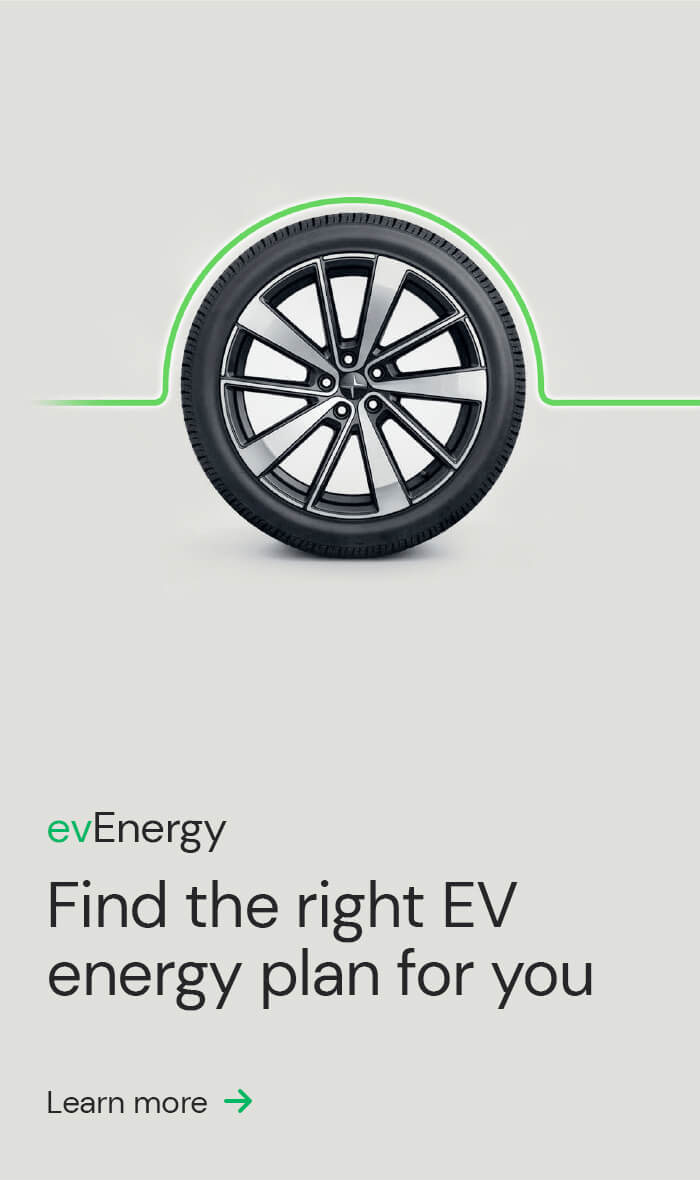Given that electric vehicles are at the forefront of automotive innovation, it’s no surprise that they are remarkably safe. Setting new standards for vehicular protection, manufacturers are equipping EVs with a suite of high-tech advanced safety features to enhance driver and passenger wellbeing.
Let’s explore the array of advanced safety features that come standard with most new EVs and help contribute to a more secure future on the road.
EV driving assistance safety features
Electric vehicles’ Advanced Driver Assistance Systems (ADAS) are designed to make driving safer and easier. While they may vary from make to model, almost every new EV will include Blind Spot Monitoring (BSM), which uses sensors to detect vehicles in the driver’s blind spots and provides warnings, typically through visual alerts in the side mirrors.
Lane Departure Warning (LDW) alerts the driver if the vehicle unintentionally drifts out of its lane, while Lane Keeping Assist (LKA) can gently steer the vehicle back into the lane, helping to prevent unintended lane departures. Most modern EVs include Forward Collision Warning (FCW) systems that use sensors, cameras, or radar to monitor the road ahead. If the system detects an imminent collision, it alerts the driver with visual and audible warnings.
To help maintain a safe following distance from the vehicle ahead, Adaptive Cruise Control (ACC) systems automatically adjust the car’s speed. Going one step further to near-automated driving, Tesla’s Autopilot ADAS features ACC alongside Autosteer, Auto Lane Change and Autopark.
EV passenger and pedestrian safety features
EVs are equipped with sensors and cameras to identify pedestrians on or near the road. The vehicle can provide warnings or automatically apply the brakes if a potential collision is detected. Regarding passenger safety, EVs naturally come with multiple airbags to protect occupants in the event of a collision. These include front, side, curtain and knee airbags.
Electronic Stability Control (ESC) is a common safety feature that helps maintain vehicle stability during sudden manoeuvres or slippery conditions, reducing the risk of skidding or rollovers. Of course, properly inflated tyres are essential for vehicle stability and safety. An EV’s onboard Tyre Pressure Monitoring System (TPMS) keeps track of tyre pressure and alerts the driver if it falls below recommended levels.
Safety features exclusive to EVs
High-tech sensors and alert systems aside, EVs also have some reassuringly welcome safety features and benefits you won’t find in ICE cars. To start with, EVs have a lower centre of gravity due to the placement of heavy battery packs on the vehicle’s floor. According to the Electric Vehicle Council’s Cleaner and Safer Roads for NSW report, EVs hold the top three positions in the National Highway Traffic Safety Administration (NHTSA) rollover safety testing.
EVs feature regenerative braking systems that convert kinetic energy back into electric energy during deceleration, which not only improves efficiency yet also offers a smoother and more controlled braking experience, reducing the risk of skidding.
In the event of a crash, EVs often have more extensive front crumple zones due to the absence of an engine and gearbox in the front of the vehicle. The design can enhance passenger safety if a frontal collision occurs. Furthermore, EV batteries are protected by centimetres of metal as opposed to liquid fuel, being only encased in a few millimetres of plastic, so they have a lower fire risk during a collision.
Summary
- EVs come with advanced driver-assistance systems that include features such as Blind Spot Monitoring, Lane Departure Warning, Lane Keeping Assist, Forward Collision Warning and Adaptive Cruise Control.
- EVs are equipped with pedestrian detection systems, airbags, Electronic Stability Control and Tyre Pressure Monitoring Systems.
- EVs have a lower centre of gravity, regenerative braking systems, extensive front crumple zones and well-protected batteries. All of which can enhance safety when driving them.
Are you considering making the switch to an electric vehicle? ActewAGL can help you effortlessly find, finance and charge your EV. Discover how ActewAGL can support your transition to sustainable driving today. Find out more here.



